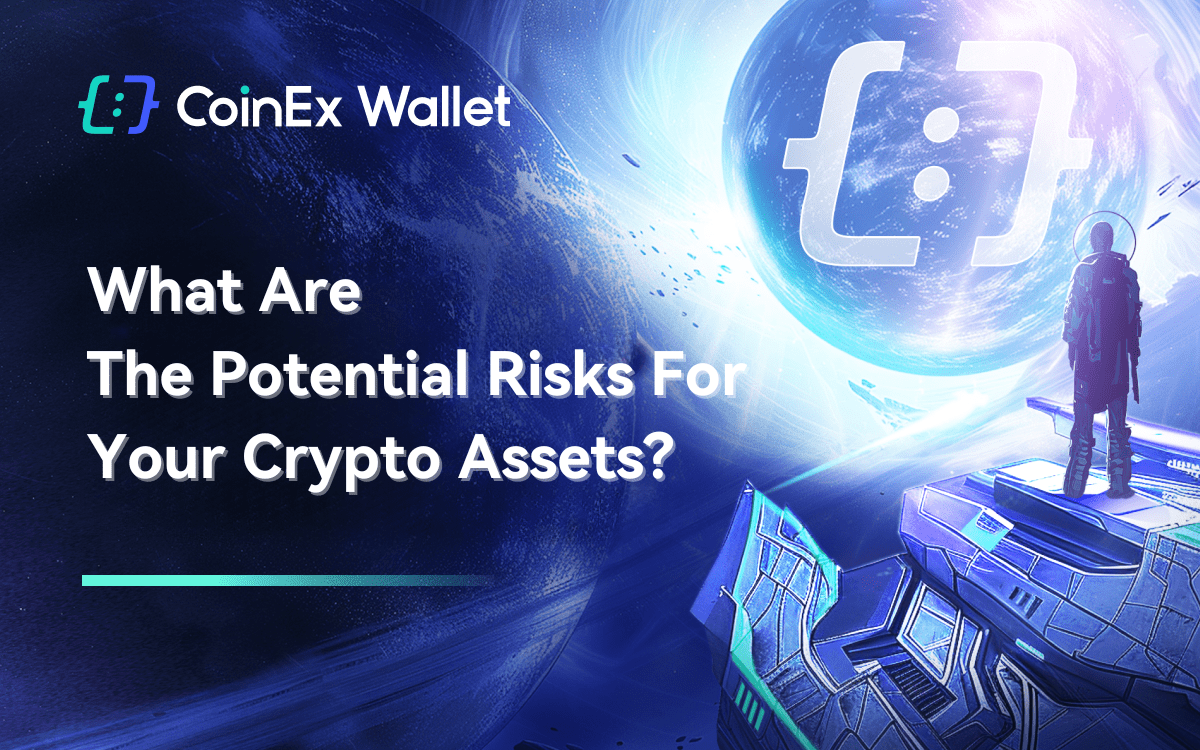What Are the Potential Security Risks for Your Crypto Assets?

As cryptocurrencies become more mainstream, crypto investors need to be vigilant about protecting their digital assets. The decentralized and pseudo-anonymous nature of cryptocurrencies like Bitcoin and Ethereum opens the door to various security risks that traditional finances do not face. From exchange hacks to fake wallet apps, crypto users can fall prey to clever tactics that separate them from their hard-earned coins.
This article will explore the most critical potential threats to your cryptocurrency holdings and provide tips on how to keep your assets safe in an insecure landscape. By learning about the latest schemes that hackers use to swindle unsuspecting crypto traders, you can better protect your digital assets.
1. Private Key Loss
The private keys in a cryptocurrency wallet give users access to their crypto assets. If the private keys are lost or stolen, users will permanently lose access to their funds. The best way to prevent private key loss is by backing up and properly securing them. Users can also consider using a hardware wallet to store private keys offline.
2. Wrong Wallet Address
Even small errors in the wallet address when transferring to another wallet can lead to permanent loss of funds. To minimize risks, you should double check the address before making a transfer and first try a small test transaction.
3. Fake Wallets
App stores like the App Store and Google Play have seen numerous fake cryptocurrency wallets. Downloading these fake wallets can easily result in lost assets. You should only download reputable and well-known wallets from official sources.
4. Phishing Scams
Phishing attacks trick users into revealing private information or downloading malware through fake websites or emails. You should carefully check web addresses and sender emails, and not click on suspicious links.
5. Software Vulnerabilities
Cryptocurrency protocols and wallet software can also contain potential security vulnerabilities. You should keep them updated to the latest versions to minimize the risk of exploits.
6. Ransomware
In recent years, ransomware attacks specifically targeting cryptocurrency holders have surged. By not opening suspicious attachments and keeping anti-virus software up-to-date, you can reduce the risk of ransomware infecting their devices.
Securing crypto assets requires following best practices like enabling two-factor authentication (2FA), generating strong passwords, performing regular backups, and staying vigilant against new threats. Follow us to keep your knowledge of security risks up-to-date as the cryptocurrency landscape evolves.








